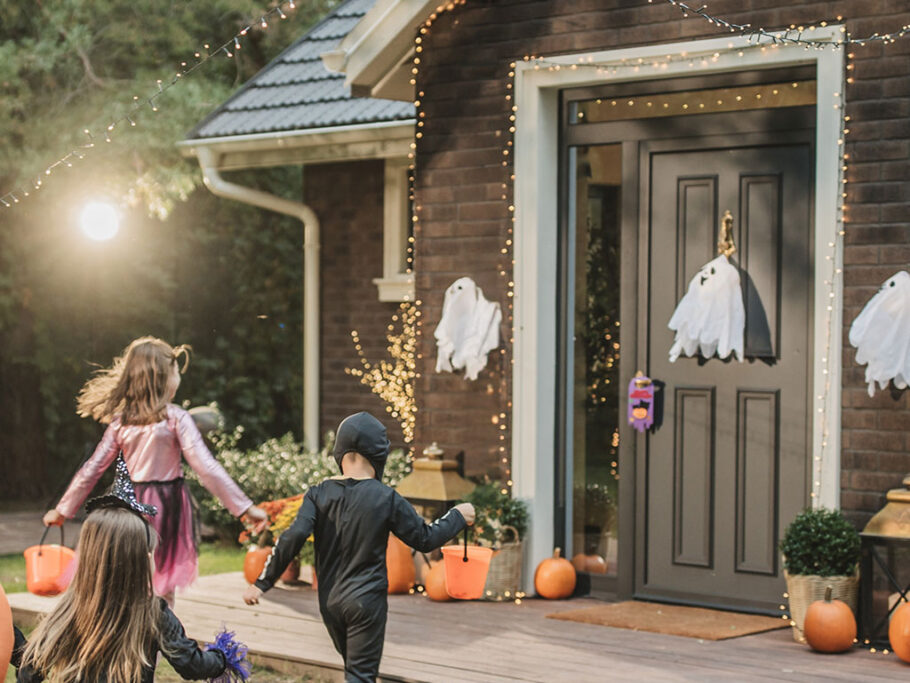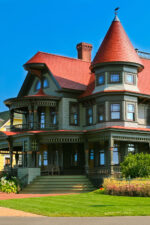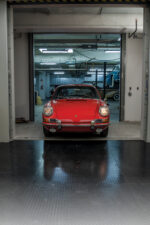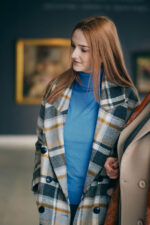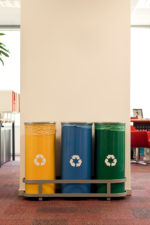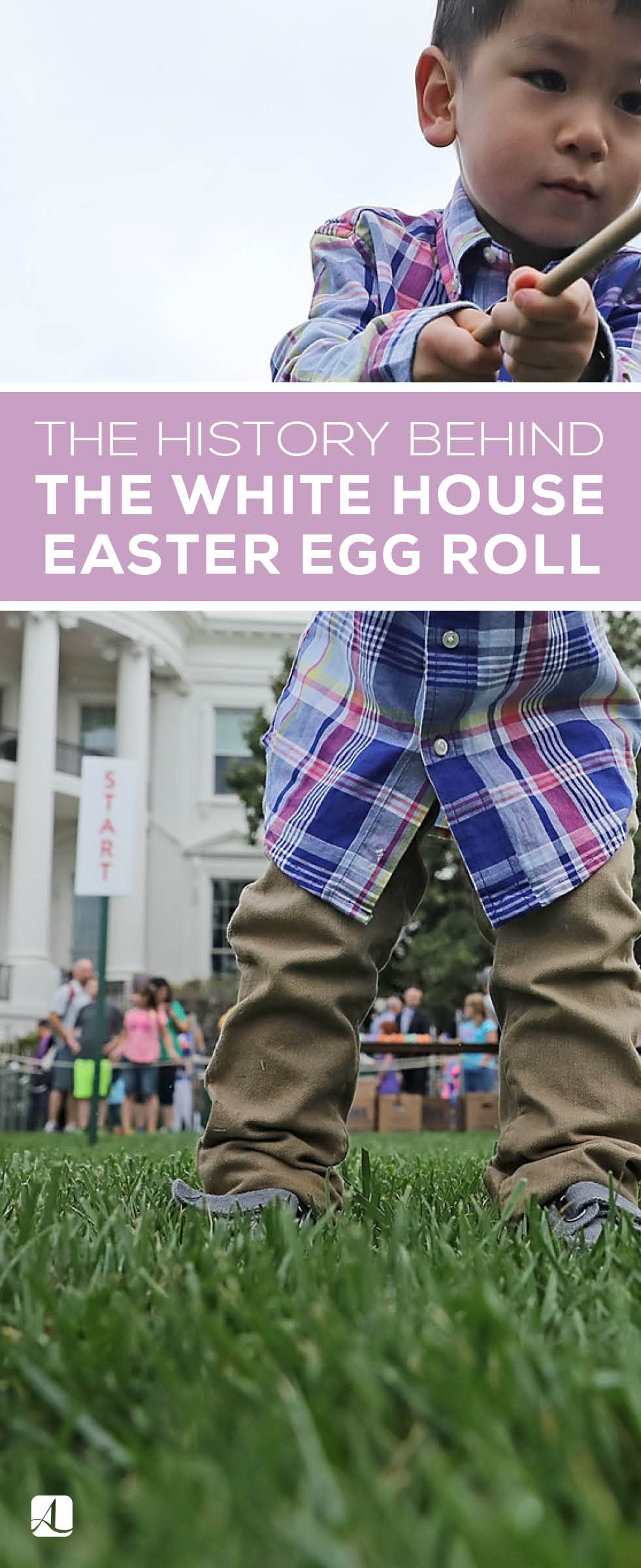A White House Easter Tradition
Since 1878, the White House Easter Egg Roll has been a hallmark tradition for residents and tourists alike in Washington DC. Though some first-hand accounts note the Easter Egg Roll taking place all the way back to President Lincoln, it was Rutherford B. Hayes who first made it an annual tradition.
*Additional images courtesy of: White House Photographer, Andrea Hanks, and the George H.W. Bush Presidential Library.

The birth of a tradition
In the early 1870s, Washington DC would be taken over by Easter Monday celebrations on the U.S. capitol’s grounds. Due to concerns about landscaping, President Ulysses S. Grant brought these celebrations to a halt. Things did not change until a group of children stepped up to the White House gate in 1878, looking to play egg-rolling games. President Hayes allowed the children in and a tradition was born.
Gaining popularity
By 1889, President Benjamin Harrison would implement music into the festivities, with John Philip Sousa and the Marine Band performing for all of those in attendance. Half a century later, attendance at the Egg Roll had become so popular that a limit would be put on the amount of people allowed in and measures were taken to prevent people from sneaking in.
In 1933, the Egg Roll aired over national radio, thanks to First Lady Eleanor Roosevelt. Though a deeply rooted tradition, each Egg Roll is different. Typically, the First Lady will do much of the planning and always incorporates a bit of their own personality in the event. For instance, Lou Hoover roped off the South Lawn for folk dancing and Pat Nixon was the first to introduce the overwhelmingly popular egg roll races. At the 1977 Egg Roll, President Jimmy Carter included a circus and petting zoo for everyone to enjoy.
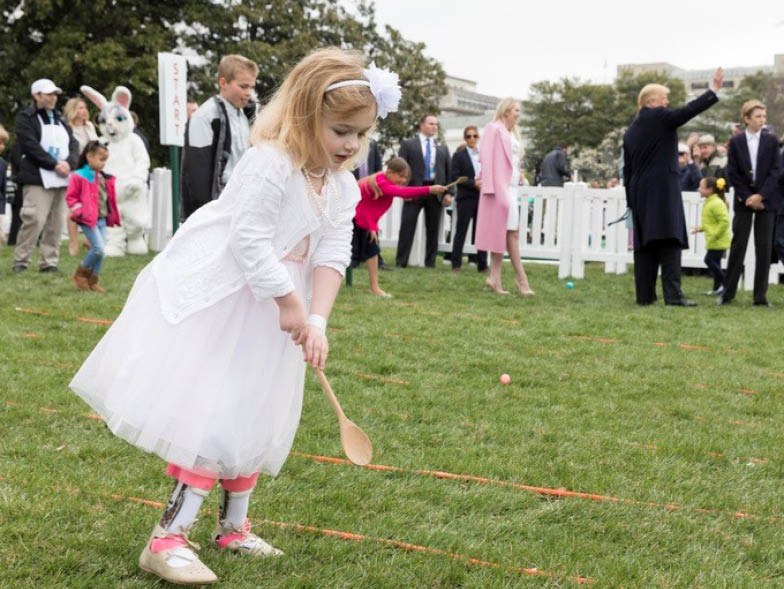
A brief hiatus
Since 1878, there have been a number of times which the Egg Roll was not held. The first and second World Wars caused the Egg Roll to take breaks from 1917–1920 and again from 1943–1952. The second only lasted so long because the White House was undergoing construction and did not have the budget to supply food for the event. Nonetheless, President Eisenhower brought the tradition back in 1953 and the event has been running smoothly even since.
The 141st Egg Roll
This year, over 14,000 eggs will be hard-boiled and hand-dyed for the Easter Egg Hunt, not to mention the 4,500 hard-boiled eggs dyed by guests on the day of the Egg Roll. Guests can also expect to receive a souvenir wooden egg with the stamped signature of the President and First Lady, of which over 80,000 will be made.
A tradition of years past and surely for years to come, the White House Easter Egg roll offers a great day for all in attendance.




